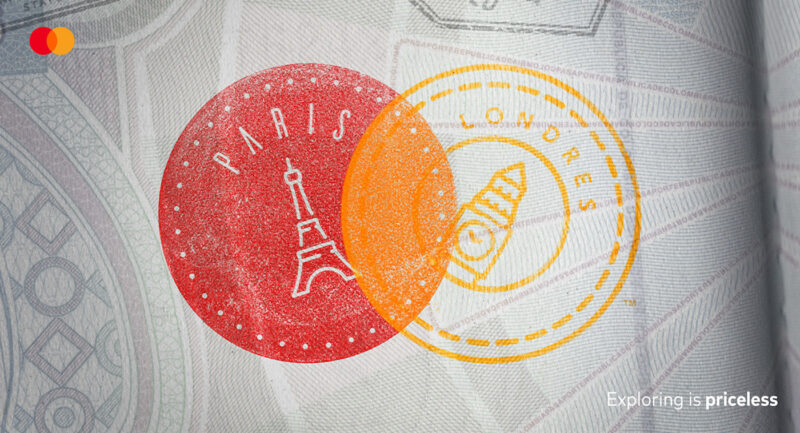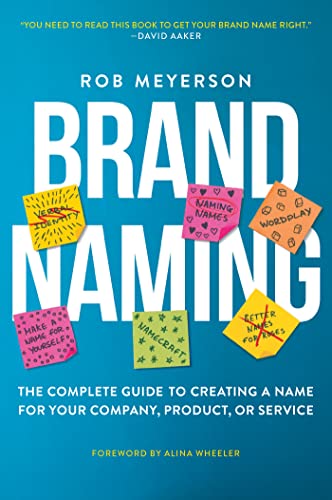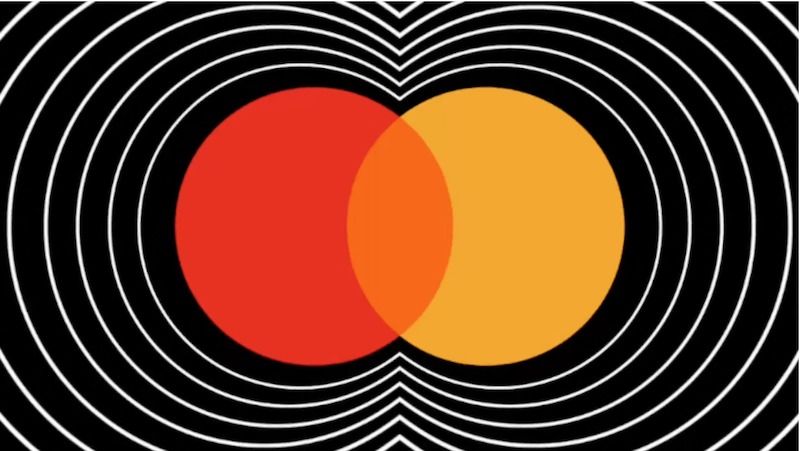In Brand esSense, I wrote about IKEA’s brand archetype of the Every(wo)man, with their core principle of “giving everyone, whatever their status, access to affordable, well-designed furniture and home accessories” or as IKEA put it then and now, “Our dream is to create a better everyday life for the many people”.
IKEA have even had a cognitive bias named after them. The IKEA effect refers to their focus on self-assembly (to control costs) which creates greater involvement, ownership and liking of the finished product. Much of their marketing uses plain visuals and language and brown colours. They also focus on the home in communications and increasingly in their in-store experience. And they offer everyone plain and cheap food at the end of their in-store journey (they sell over 1 billion meatballs every year). And, of course, their products very affordable (many of them have dropped in price over time). They have even sold flat-packed easter eggs!
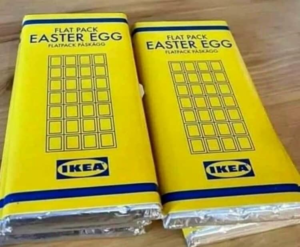
The focus on home is where they have been updating the in-store experience in recent years. If you have visited a store you will have experienced the principles of equality and structure in following the same route as other customers around the store, unless you rebelled and took a short cut, and they have recently been experimenting with new store layouts which allow for more immersive experiences where people are encouraged to use the furniture and spend time in the store (‘test drive’ or, as IKEA say, “become part of the furniture”). They have even held in-store sleepovers to allow people to truly test their beds.
IKEA were one of the earlier companies to think about sustainability issues more than ten years ago, and in recent times they have sharpened their focus on these issues. They have been introducing concepts that they say will help people learn about sustainable living, including using houseplants to connect with nature, more efficient waste practices, and more sustainable eating. These changes also reflect a reaction to the impact of the pandemic, with people increasingly focused on making a cosy home.
So is this truly a conversion to sustainability or just another example of greenwashing? There is certainly a contradiction between mass production and out-of-town shopping which requires travel and more sustainable solutions to living. They claim to be moving to a circular business with materials coming from pre-existing sources, ethically sourced cotton, and no single-use plastic or virgin wood. They aim to be 100% circular and carbon neutral by 2030 and use 100% renewable energy by 2025 (for example, by installing solar panels on roofs and using wind turbines).
IKEA have been introducing recycling and reselling options and have also started selling spare parts so customers can reuse furniture and increase its lifespan. They have also been replacing all lighting with LEDs. They recognize that 25-35% of greenhouse emissions come from food-related industries and have made plans for most of their foods to be plant-based. Their target is for 50% of restaurant food and 80% of packaged food to be vegan by 2025.The new HUVUDROLL (plant-based meatball) has 4% of the climate footprint of a traditional meatball.
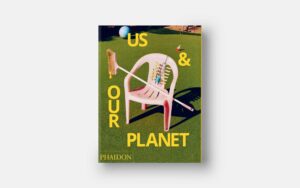
Can a corporation that promotes mass consumption of low-cost items ever be sustainable, especially when the most eco-friendly option is to not buy anything at all or use secondhand products (which would put them out of business)? By some estimates, IKEA account for 1% of all the wood used commercially around the world, so the scale of required changes is huge.
A truly sustainable business would probably require a completely different business model. In the meantime, IKEA seem to be doing more than most of their competitors to become more sustainable and from a branding point-of-view, all of this has not changed IKEA’s brand identity which has been consistently sustained through the years. What do you think?


